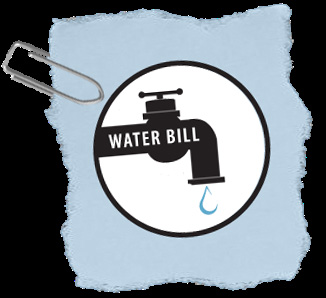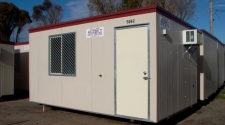The domestic water rates are differently charged all across the UK as it depends upon the availability of water in your area and the size of your region. Mostly, these water charges are applied on yearly basis, which include the domestic water supply as well as other associated costs such as wastewater services, maintenance of water quality, etc. You can also contact your water supplier at Thames Water Contact Number (if you’re a Thames Water consumer) to understand your water charges.
Water companies calculate your water bills based on the fact that if you are a metered user or not:
Metered Users: The water company will send a guy who will note down your water readings and you’ll get the bill based on the number of units you have used.
Unmetered Users: You pay a set amount of water and sewage services, regardless of the fact that how much units you have used. This charge is calculated on the basis of rateable value (RV) of your property.
These further examples of an unmetered bill will help you better understand the water charges:
Chargeable value
The properties that were built before 1989 and are unmetered are charged based on the chargeable value of your property.
This chargeable value has been fixed by the Valuation Office at the Inland Revenue and it represents the potential annual rent for your home. However, it doesn’t include your council tax banding at all.
Rateable Value (RV) of a property was based on numerous considerations such as size, location, access to local facilities and popularity of the property. For instance, if your home had double glazing and the identical property next door didn’t have it, your home would’ve automatically got a higher RV. But, this charge doesn’t reflect your actual water use.
Notional Value
If your water supplier is unable to fit a meter property at your property due to any structural alterations, it will apply a Notional Value to your bill. This Notional Value is based on the number of bedrooms in your home and the local authority coding area for your property.
Assessed Household Charge
In case the pipework is not suitable in your area and the water company isn’t able to install the meter at your property, they apply the Assessed Household Charge on your property.
The Assessed Household Charge is again based on the facts that how many bedrooms you’ve in the property. However, if there only a single person living at the property, a special ‘single occupier tariff’ is used.
Your water bill is divided into two parts, which are: water charges & sewage charges.
The difference between water charges and sewage charges:
Water Charges are for the fresh water supplied to you by your water company.
Sewerage charges are for the used wastewater from your home that goes back into the system through sewers. This waste water is then treated by the water suppliers. It includes any and every water that runs from your property into public sewers.
















